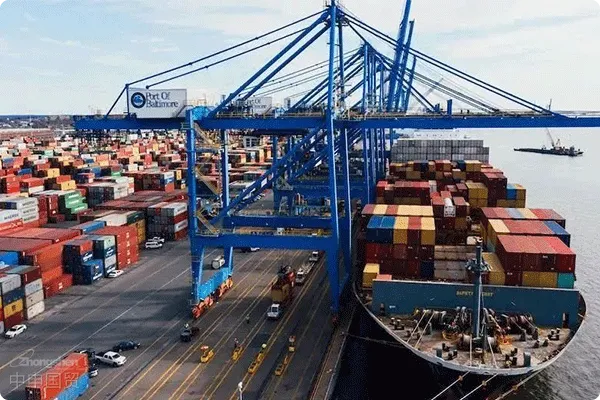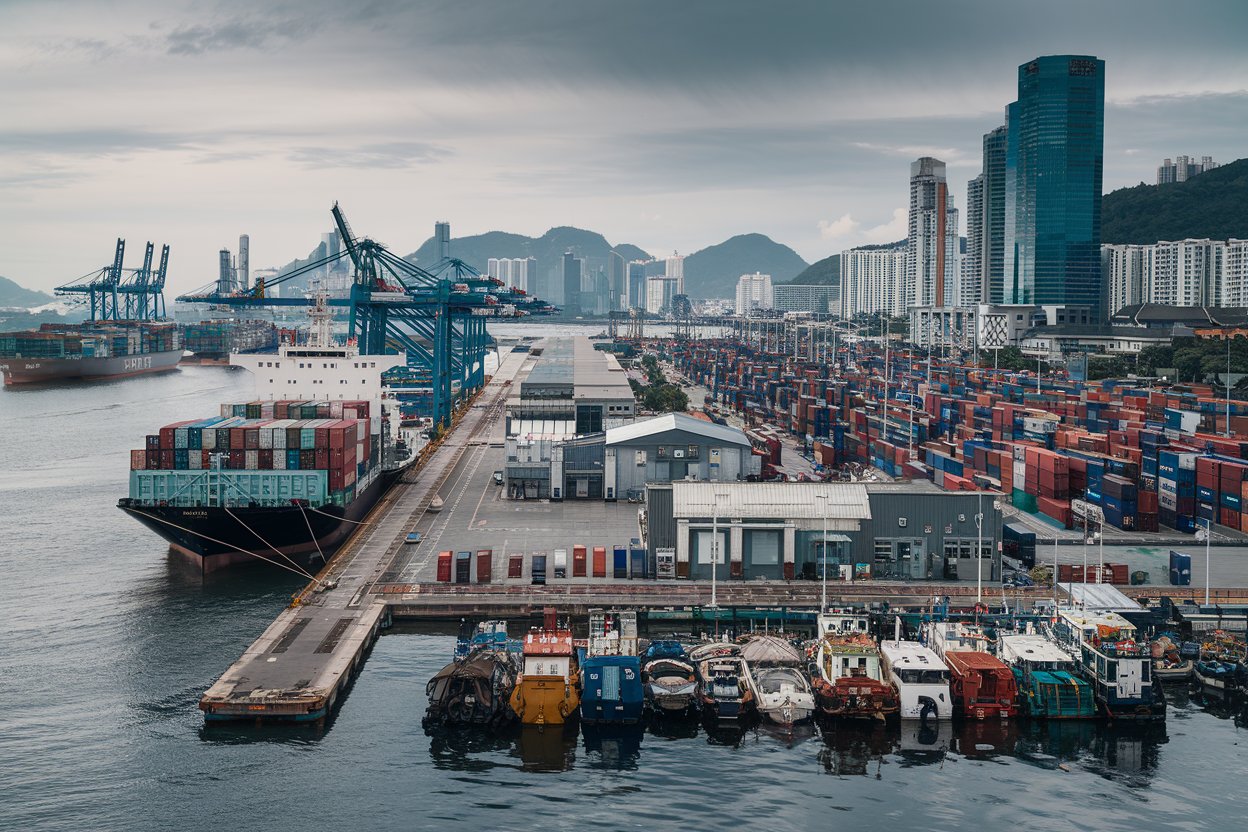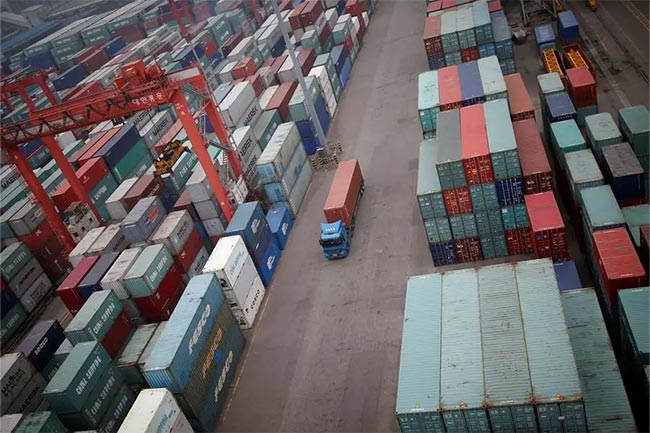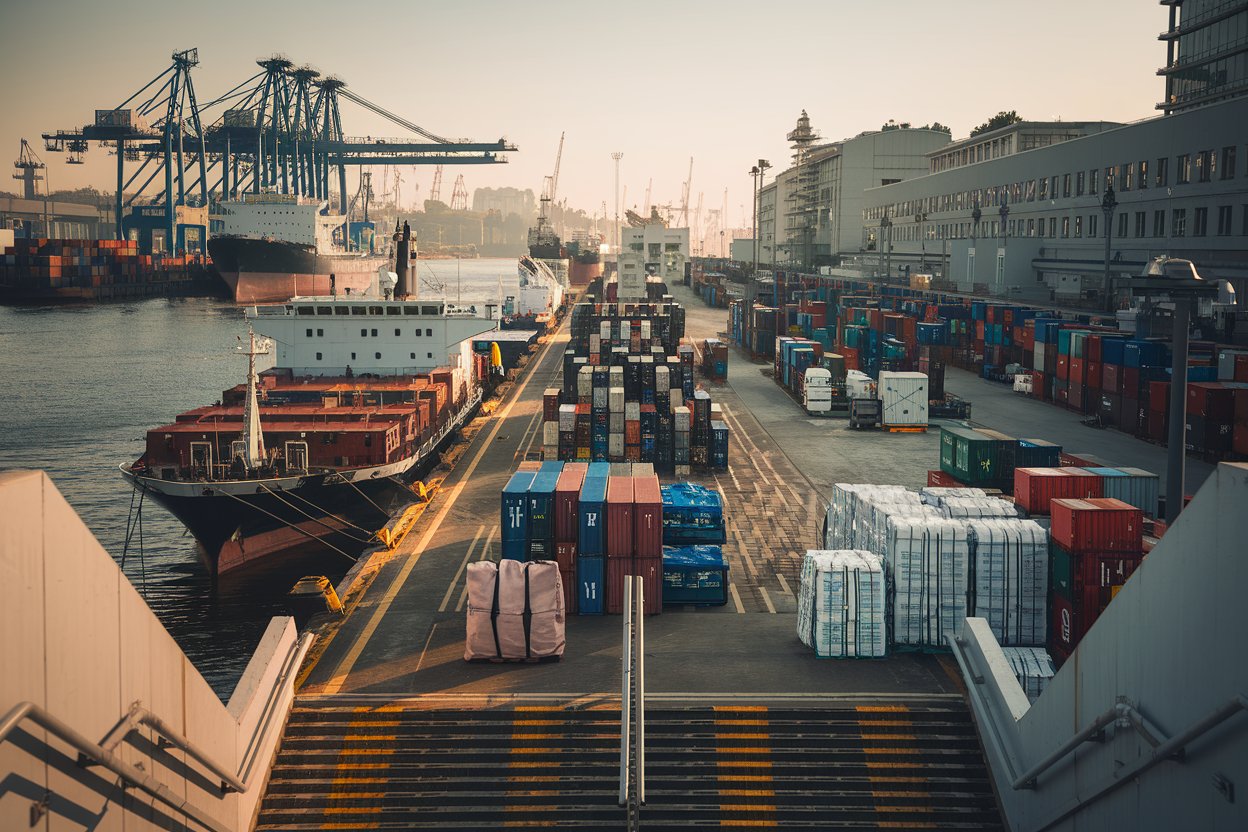- Shanghai Zhongshen International Trade Co., Ltd. - Two decades of trade agency expertise.
- Service Hotline: 139 1787 2118
Home » Shipping Solutions » How Are LCL Shipping Agency Fees Charged? What to Do When LCL Cargo Undergoes Customs Inspection? A Comprehensive Analysis of 6 Core Questions

I.Maritime TransportationHow do LCL agents calculate fees?
LCL (Less than Container Load) shipping fees adoptCubic Meter Charging + Surcharges,model, specifically including:
- Basic freight (calculated by cargo volume)
- Terminal Handling Charge (THC)
- Documentation fee (DOC)
- Customs declaration service fee
- Special additional fees:
- Peak Season Surcharge (PSS)
- Bunker Adjustment Factor (BAF)
- Dangerous goods surcharge (if applicable)
2025 latest update: International Maritime Organization (IMO) requires all LCL agents to disclose fee structures. Its recommended to request agents to provideCost Breakdown Listto avoid hidden charges.
II. How to Avoid LCL Cargo Shipping Delays?
Based on 20 years of agency experience, the following measures are recommended:
- Confirm bookings 3 weeks in advance to avoid peak sailing periods
- Strictly follow thecut-off time for warehouse arrivalprovided by the agent
- Ensure completeness of customs clearance documents:
- Commercial invoices must indicate HS CODE
- Packing lists must match actual goods
- Choose direct LCL vessels instead of transshipment LCL (CFS to CFS)
III. How to Handle Customs Inspection for LCL Cargo?
Customs inspection probability is approximately 5%-8%. Response strategies:
- Prepare in advance:
- Scanned copies of complete customs clearance documents
- High-definition photos of goods
- Product testing report (if applicable)
- On-site coordination:
- Timely payment of inspection service fees (approximately $200-$800)
- Arrange personnel to explain cargo details on-site
- Follow-up actions:
- ---Customs inspection report
- Establish an inspection record database to optimize subsequent declarations
What are the minimum cargo volume requirements for LCL shipping?
2025 international LCL shipping market standards:
- Minimum chargeable volume: 1 cubic meter (rounded up to 1m3 if less)
- Weight limit: Single item ≤2 tons (overweight items require prior declaration)
- Special cargo requirements:
- Dangerous goods: Must be declared separately
- Cold chain cargo: Requires uniform temperature throughout the entire container
How to select a reliable LCL shipping agent?
Recommended screening criteria:
- Qualification Review:
- NVOCC license (Non-Vessel Operating Common Carrier qualification)
- WIFFA certified member
- Service capabilities:
- Own overseas warehouse network
- Provides door-to-door tracking system
- Risk protection:
- Cargo transportation insurance coverage
- Provides demurrage fee guarantee service
How to file claims for damaged LCL cargo?
Key factors for successful claims:
- Evidence preservation:
- Photograph cargo condition before container loading
- Require agents endorsementcargo condition certificates
- Time requirements:
- Submit written damage report within 3 days of arrival
- Submit complete claim documents within 14 days
- Compensation standards:
- According to the terms of the transportation contract (usually 3 times the freight)
- Recommended to purchase separatelyAll Risks (All Risks)
Related Recommendations
? 2025. All Rights Reserved. Shanghai ICP No. 2023007705-2  PSB Record: Shanghai No.31011502009912
PSB Record: Shanghai No.31011502009912










